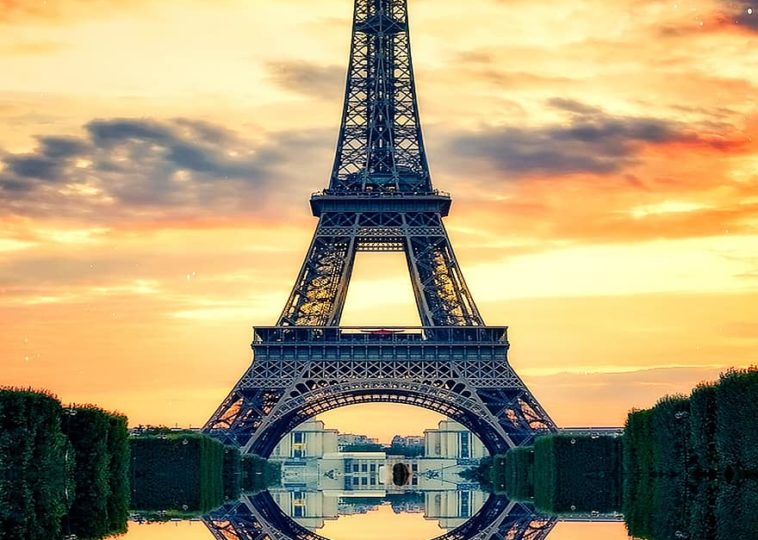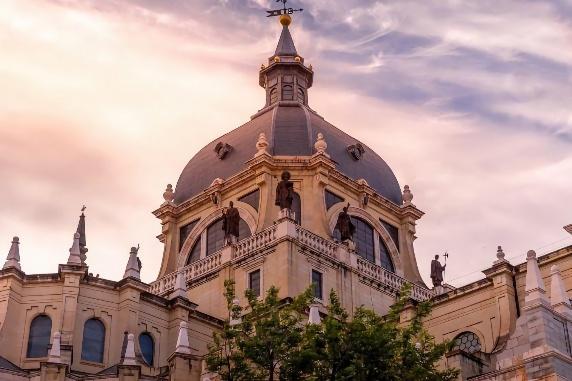The 7 Inspiring Famous Tourist Attractions of France

Contents [hide]
France ranks first in the global tourism ranking, attracting 81 million foreign visitors annually. Cities like Paris, Toulouse, Lyon, Bordeaux, and many others have a high level of cultural interest and world heritage. France is also known for its pleasant climate, beautiful beaches, castles, historical museums, remarkable gardens, and parks.
From the boulevards of Paris to the fashionable seaside resorts of the Cote d’Azur, France offers some of the most beautiful landscapes in the world. Fairytale castles, magnificent cathedrals, and picturesque villages inspire romantics.
Arc De Triomphe, Paris

The French Emperor Napoleon ordered the construction of this monument in 1806 to honor the warriors who fought with him in several wars. It was inaugurated in 1836, and construction had been stopped several times after Emperor Napoleon’s abdication.
An old astylar style was used to build this monument. The names of all wars of the first French Republic and Napoleonic wars are also written on the white wall of this monument. A tomb of an unknown soldier from World War I is also kept under the vault of this monument.
Pont Du Gard Bridge, Nime

The Pont du Gard is a Roman monument built in the half of the 1st century AD. It is the main building in a 50 km aqueduct that supplied the city of Nemausus with water. Built as a three-story aqueduct 50 meters high, it lets water flow over the Gardon River.
The bridge is built from soft yellow limestone blocks from a nearby quarry that borders the river. The highest part of the structure consists of wind blocks connected with mortar. It is crowned by a device designed to support the water channel, the stone slabs covered with calcium deposits.
Basilica of Sacred Heart of Paris

One of the most famous landmarks in Paris is a Roman Catholic church on the mountain, the highest point in Paris. This Basilica is dedicated to the sacred heart of Jesus. Tourists can get a breathtaking panoramic view of Paris from the Basilica of the Sacred Heart dome.
It was designed by French architect Paul Abadie and was built between 1875 and 1914. Travertine stones, a particular type of limestone formed by the effect of hot springs, are used to construct this cathedral. This cathedral contained a large meditation hall with a fountain.
Saint Michel, Normandy

The island is best known for the abbey, which occupies rocks with a diameter of 1 km. The abbey, church, and monastery in the upper part of Saint Michel. This website attracts over 3 million visitors yearly and is another World Heritage Site in France.
It is easy for pilgrims to reach the abbey since Saint Michel is only 6000 meters from the country. Visitors can reach the top galley on the abbey’s roof through well-known top stairs, which are 900 steps to reach the top.
Palace of Versailles

Versailles Palace is the largest palace in France, also known as the Palace of Versailles. The first part of this palace was built in 1624 by Louis XIII. King built it as a hunting lodge. Later, Louis XIV, the successor of Louis XIII, expanded it to become the largest palace in the country.
The palace has 700 rooms, 2,153 windows, 68 stairs, and 2,000 hectares of beautiful gardens. Today, the Palace of Versailles is the main tourist attraction in the country. Inside the palace, the rooms have different sizes and styles, depending on the person’s rank.
Chateau De Chambord, Loir et Cher

The largest unfinished castle in the Loire Valley, in central France. But the castle is never completed by the French Revolution. The internal part of the castle shows French and Italian styles in the grouping of rooms together in a suite. This castle has 440 rooms, 80 stairs, and 280 fireplaces.
The guided tour of the castle offers tourists the opportunity to explore all the critical sections within the castle and receive clear information about the type of construction and design styles.
The Louvre, Paris

One of the largest museums in the world is in Paris. The impressive art collection of this museum makes it the most visited museum in the world. There are 35,000 prehistoric objects, including Egyptian antiques, crown jewels, old paintings, and ancient sculptures. The museum is part of the Lovre Palace, a baroque palace from the Middle Ages.
The Louvre Museum was first opened in 1763. Later, Emperor Napoleon added many works of art to the museum. The contribution of the following French emperors also increased the collection of historical objects in the museum. Eight main sections in this museum show the objects.


